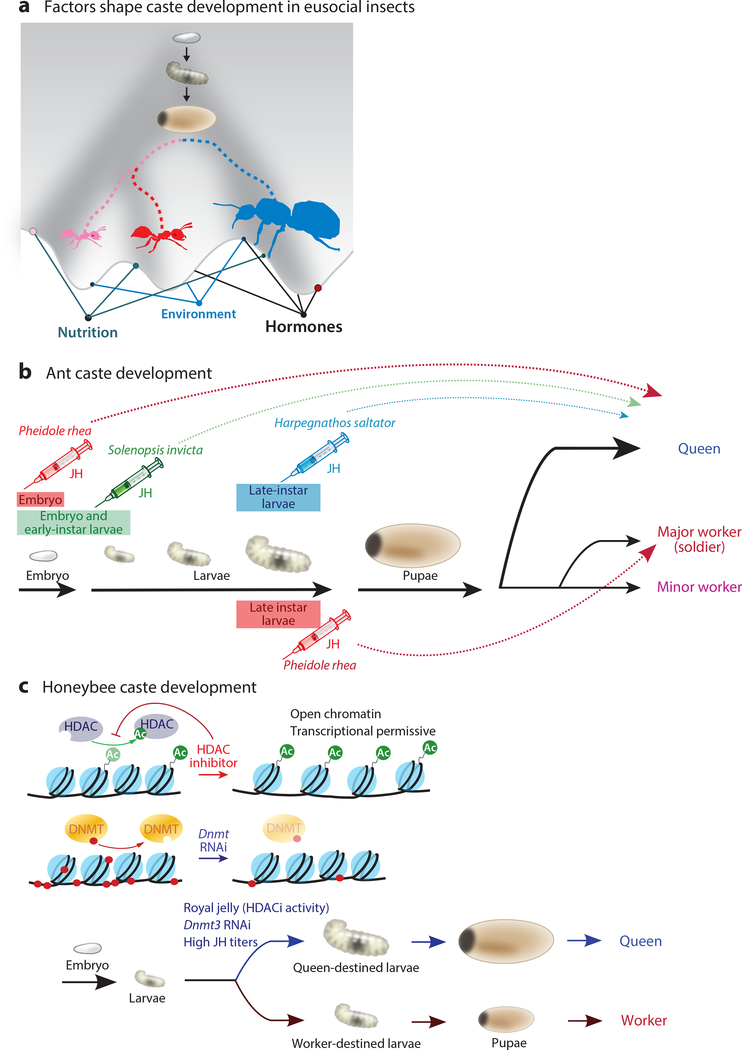Figure 1. Major regulators during critical periods in caste determination.
(a) Factors including nutrition, environment, and hormones determine caste fates in eusocial insects. Embryos are pluripotent for caste determination but are highly responsive to external cues. Combinations of external cues shape development trajectories for each caste as represented by the Waddington’s epigenetic landscape (134). This allows single, fertilized embryos to give rise to different female castes including queens (blue) and major or minor workers (red and pink, respectively). The caste is determined at early developmental stages and is maintained throughout the lifetime. (b) JH acts at different species-dependent prepupal stages to trigger caste-specific development. In Harpegnathos, JH induces queen development at the late larval stages (94). In Solenopsis, JH induces queen development at the embryonic and early-instar larval stages (94, 99a, 132). In Pheidole, JH triggers both queen and major development at embryonic and late-instar larval stages, respectively (88, 97, 136, 137). (c) Queen development in the honeybee Apis mellifera is dependent on larval nutrition with royal jelly containing HDACi (58, 121). HDACi results in reduced removal of an acetyl group on histone tails, which may lead to an open chromatin conformation and altered transcriptional levels. Knockdown of Dnmt3 by RNAi in young larvae mimics the developmental effect of royal jelly (63). Abbreviations: Ac, acetyl; Dnmt, DNA methyltransferase; HDACi, histone deacetylase inhibitor; JH, juvenile hormone; RNAi, RNA interference.

